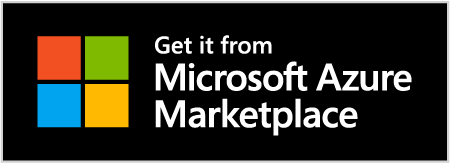When a new agent joins your contact center, you’re not just investing in their salary. You’re investing in ramp time, training resources, and the inevitable errors that come with inexperience.
But what if that investment could start paying off faster?
Too many companies treat new hire training as an unavoidable cost center—something to minimize rather than optimize. In reality, it’s one of the biggest untapped opportunities for ROI in the entire employee lifecycle.
The Productivity Curve You’re Not Seeing
Every new hire starts below zero on the productivity curve. During training, they’re not producing revenue—they’re absorbing cost. And once training ends, performance doesn’t immediately spike. Errors, uncertainty, and confidence gaps can actually drag contribution lower before it climbs.
It typically takes 8 to 12 months for a new employee to reach full productivity. The hidden costs—training time, first-month mistakes, attrition—can quietly erode ROI before an agent ever gets up to speed.
That’s why forward-thinking leaders are shifting their mindset from “cut training time” to “maximize training value.”
Three Levers That Move the Needle
1. Reduce Time in Training Without Reducing Readiness. The goal isn’t to rush new hires through—it’s to make every minute count.
- Stage the curriculum so the most critical skills come first.
- Frontload practice opportunities, not just information.
- Use simulations to build experience safely before real calls begin.
With focused, experiential design, companies can reduce total training time by 30% or more—without sacrificing competence or confidence.
2. Minimize Day-One Errors. The first weeks on the floor are make-or-break. Every mistake adds cost, erodes confidence, and impacts customer experience. The best training programs simulate common failure points before they happen.
ServiceSim clients, for example, recreate the toughest customer scenarios during training. Agents get to make—and learn from—mistakes before they ever reach a real customer. That means fewer day-one errors and faster ramp to independence.
3. Accelerate Time to Full Productivity. Experience is what separates novices from experts—but experience takes time. Or it used to.
By embedding realistic, scenario-based practice into onboarding, agents can accumulate “virtual experience” long before they hit the phones. When they do, they’re already equipped to handle the most common situations with confidence and accuracy.
The ROI Adds Up
When you shorten ramp time, reduce errors, and retain more agents, the math changes dramatically.
In one modeled example:
-
A new hire costing $8,000 per month in total expenses
-
Produces $15,000 in expected monthly productivity
-
With optimized training, overall contribution increased 129% in the first year
The difference between “average onboarding” and “optimized onboarding” isn’t theoretical—it’s measurable.
Training as an ROI Engine
The bottom line: training isn’t just an expense. It’s an accelerator.
Every hour spent building confidence, competence, and connection during onboarding pays back in productivity, customer satisfaction, and retention.
The math is clear: Better training equals better returns.
Want to Try ServiceSim free?
Visit the ServiceSim listing on Microsoft’s Azure Marketplace

SUBSCRIBE FOR EMAIL UPDATES

